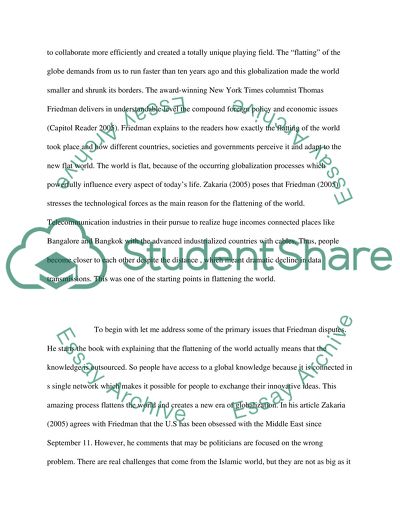Cite this document
(“The World Is Flat by Thomas Friedman Essay Example | Topics and Well Written Essays - 2000 words”, n.d.)
Retrieved from https://studentshare.org/sociology/1502397-the-world-is-flat-by-thomas-friedman
Retrieved from https://studentshare.org/sociology/1502397-the-world-is-flat-by-thomas-friedman
(The World Is Flat by Thomas Friedman Essay Example | Topics and Well Written Essays - 2000 Words)
https://studentshare.org/sociology/1502397-the-world-is-flat-by-thomas-friedman.
https://studentshare.org/sociology/1502397-the-world-is-flat-by-thomas-friedman.
“The World Is Flat by Thomas Friedman Essay Example | Topics and Well Written Essays - 2000 Words”, n.d. https://studentshare.org/sociology/1502397-the-world-is-flat-by-thomas-friedman.


